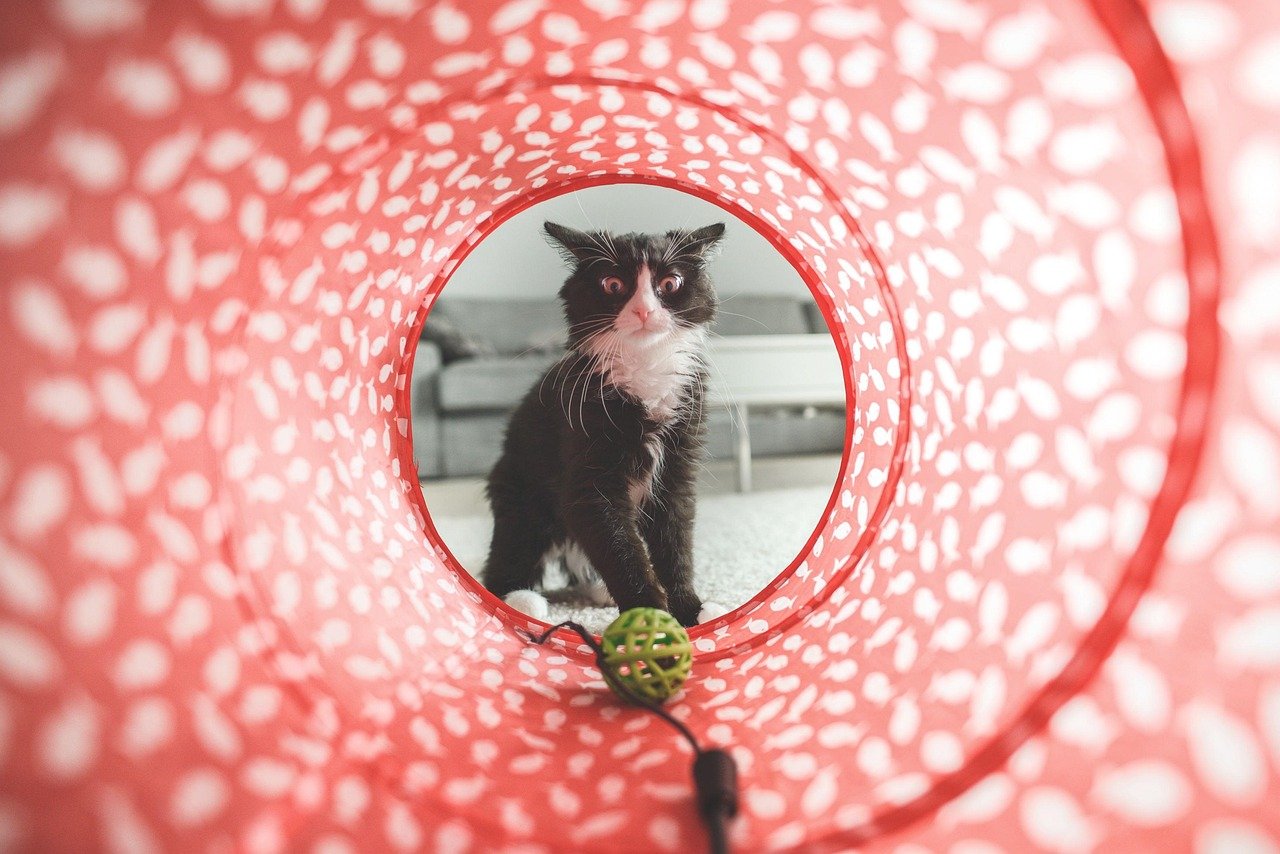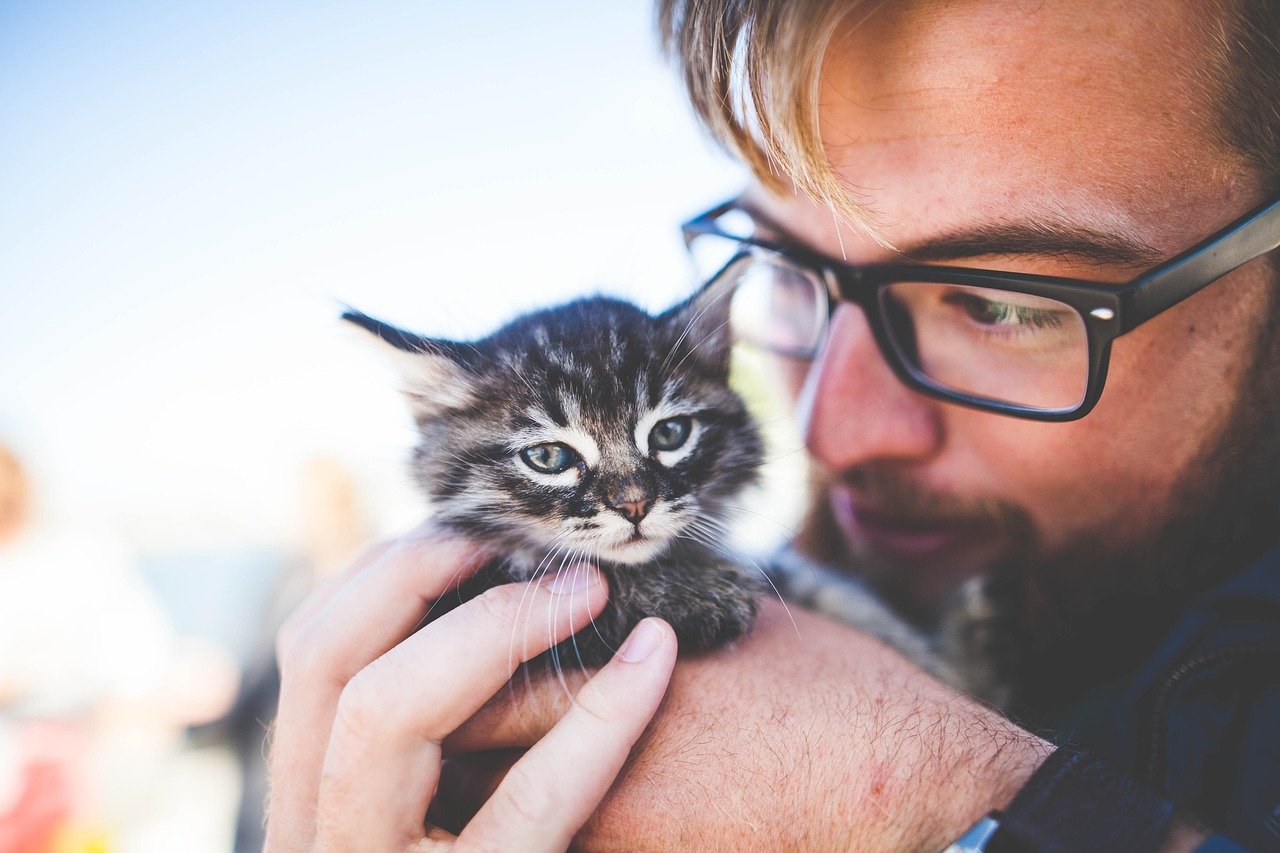When we think of separation anxiety, our minds often jump to dogs. However, cats, those seemingly independent creatures, can also suffer from this condition. If your feline friend is displaying unusual behavior when you’re away, it might be more than just a quirky cat thing. Understanding whether your cat is experiencing separation anxiety is crucial for their well-being and your peace of mind. Let’s dive into the world of feline emotions and explore this lesser-known aspect of cat behavior.
Understanding Separation Anxiety in Cats
Separation anxiety in cats is not as widely recognized as it is in dogs, but it is equally concerning. This condition occurs when a cat becomes overly attached to its owner and experiences distress when separated. Unlike dogs, who might howl or bark, cats might show their anxiety in more subtle ways. Recognizing these signs is essential to provide the right care. It’s about understanding that cats, like humans, have emotional needs and can feel lonely or stressed.
Common Symptoms of Feline Separation Anxiety

Cats with separation anxiety may display various symptoms that are out of character. They might vocalize excessively, especially when you are leaving or just after you’ve gone. Some cats become destructive, scratching furniture or knocking things over. Others might avoid using their litter box, which is a telltale sign of stress. These symptoms are their way of communicating discomfort, much like a child throwing a tantrum when left alone. Paying attention to these signs can help you address the problem early.
Why Some Cats Develop Separation Anxiety
Certain factors contribute to the development of separation anxiety in cats. Cats that have experienced early weaning or have been rehomed multiple times are more prone to this condition. Additionally, cats that have suffered from a lack of socialization during their kittenhood might struggle with being alone. It’s like planting a tree; if the roots are disturbed early on, the tree might not grow strong. Understanding these underlying causes can help in finding the right solutions.
How to Identify If Your Cat Is at Risk
To determine if your cat might be at risk for separation anxiety, observe their behavior closely. Do they follow you from room to room? Are they overly clingy, demanding constant attention? These behaviors suggest that your cat relies heavily on your presence for comfort. Think of it as a shadow that disappears when the light is gone. If your cat shows signs of distress when you’re not around, it might be time to consider separation anxiety as a possibility.
Creating a Comfortable Environment for Your Cat
To help alleviate separation anxiety, creating a comforting environment is key. Ensure your cat has access to cozy spaces, such as window perches or soft bedding, where they can feel secure. Interactive toys can provide mental stimulation and distract them from your absence. It’s like setting up a mini amusement park for your cat, where they can play and relax. By providing a safe and engaging environment, you can help reduce their anxiety levels.
Strategies to Ease Your Cat’s Anxiety
Several strategies can help ease your cat’s separation anxiety. Gradually getting them used to your absence can be effective. Start by leaving them alone for short periods, gradually increasing the duration. Using pheromone diffusers can also create a calming atmosphere. Think of it as lighting scented candles to create a peaceful ambiance. Additionally, maintaining a consistent routine can provide stability, making your cat feel more secure.
The Role of Toys and Puzzles

Toys and puzzles play a crucial role in keeping your cat engaged and distracted. Puzzle feeders or treat-dispensing toys can provide mental stimulation and prevent boredom. It’s like giving a child a new toy to keep them entertained. These activities can occupy your cat’s mind and reduce their focus on your absence. Incorporating a variety of toys can make a significant difference in how your cat copes with being alone.
When to Seek Professional Help

If your cat’s separation anxiety persists despite your efforts, it might be time to seek professional help. Veterinarians or animal behaviorists can provide guidance and develop a tailored plan to address your cat’s needs. Think of them as counselors who can offer insights into your cat’s behavior. Professional intervention can make a significant difference in improving your cat’s quality of life and ensuring they feel safe and loved.
Conclusion
Understanding and addressing separation anxiety in cats is essential for their well-being. While cats may be independent, they still crave companionship and security. By recognizing the signs and providing a supportive environment, you can help your feline friend feel more at ease when you’re away. Remember, your cat’s happiness and comfort are within your reach, and with the right approach, you can ensure they lead a content and anxiety-free life.

Growing up traveling and experiencing new cultures and wonders, I have had a passion for nature, adventuring, photography, and videography. I am currently working towards a BSc in Biodiversity and Ecology at Stellenbosch University, and I hope to specialise in Marine Sciences one day.
Please send any feedback to Feedback@animalsaroundtheglobe.com






